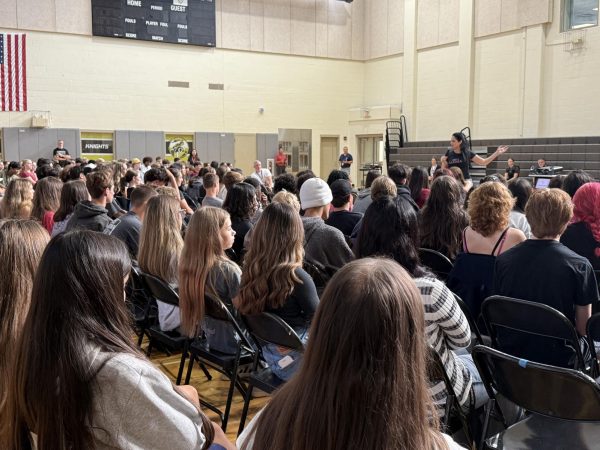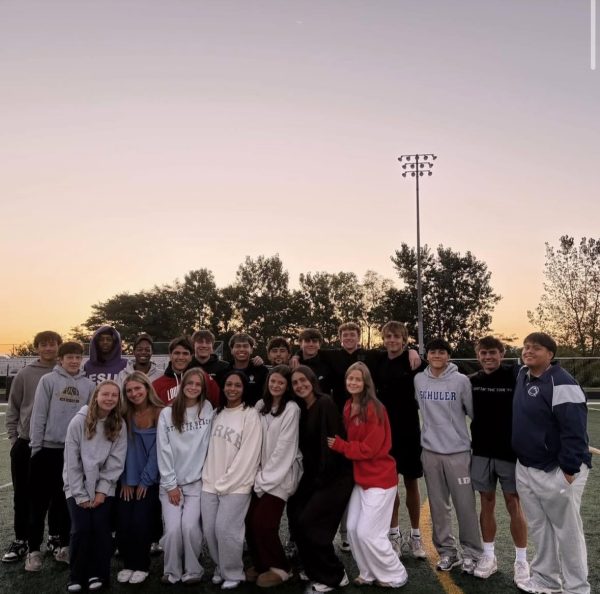New law raises questions about lockdown methods
New laws created in 2018 have begun to take effect in the new year. For schools, this means the addition of a active shooter drill within the first 60 days of school. While Grayslake North has always implemented lockdown drills early in the school year, the new law, and the Stoneham Douglas shooting, has left school officials to question how to practice these drills.
While the school implements a lockdown response to a threat in the building, there are other perhaps more comprehensive methods that are emerging to respond to an active shooter. One method called the ALICE method tackles the issue of an active shooter by not only locking down,but also training students to defend themselves and teachers when to take their class and run.
“We sent a school resource officer to ALICE training in November, and she is coming back to talk to all of us in the district administration about if we are going implement it,” said associate principal of student services Megan Licht.
The lockdown method has its own benefits because threats to the school aren’t always a shooter, so lockdown training does cover more situations; however, the ALICE method is a protocol that deals specifically with preparation in case of a school shooting. The training is intensive, and according to Licht, would take a long time to implement in the district, but it is not an issue far from the minds of the administration as more schools in the area begin to switch over.
“If the school district decides to implement ALICE training in its schools, then I would be able to assist other staff instructors with the hands-on training on site,” said resource officer Jacqueline Veasey. “The ALICE training is made up of two components, an E-Learning course and the on-site hands-on training.”
The district sent Veasey to ALICE training to evaluate whether the switch would be right. “The ALICE training taught us several proactive ways to respond to an active shooter instead of sitting quietly in a room like a sitting duck,” Veasey said. “The training also taught us how to apply those techniques in interactive scenario-based training. It taught us that we are empowered to choose the best survival option in a violent incident.”
The one thing that falls short of both protocols is that, no matter how comprehensive one plans, decisions made in situations like school shooting often hinge on factors that are difficult to account for.
“It’s kind of one of those, and I hate to use this term, fight or flight situations,” Licht said. “Do you fight it? Do you run? Do you stay put? I don’t really know if there is a right answer.”





